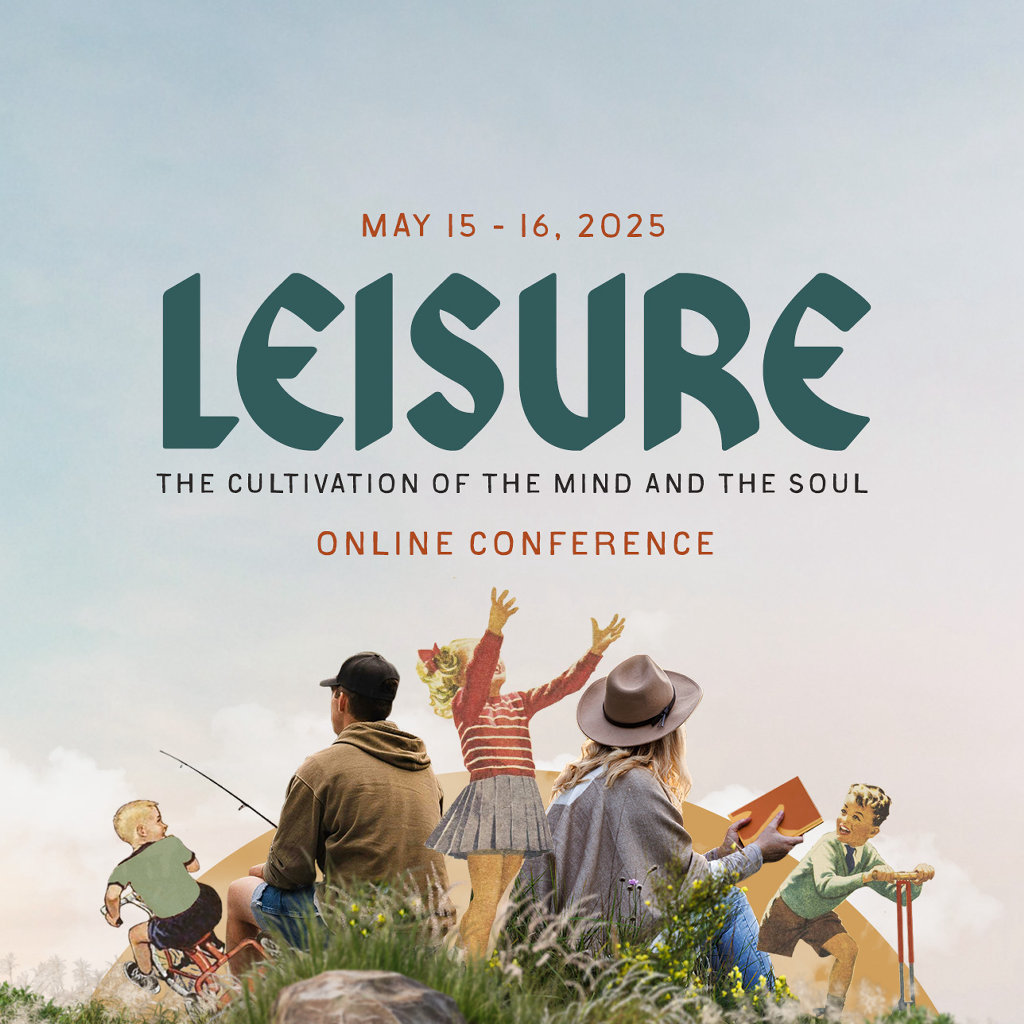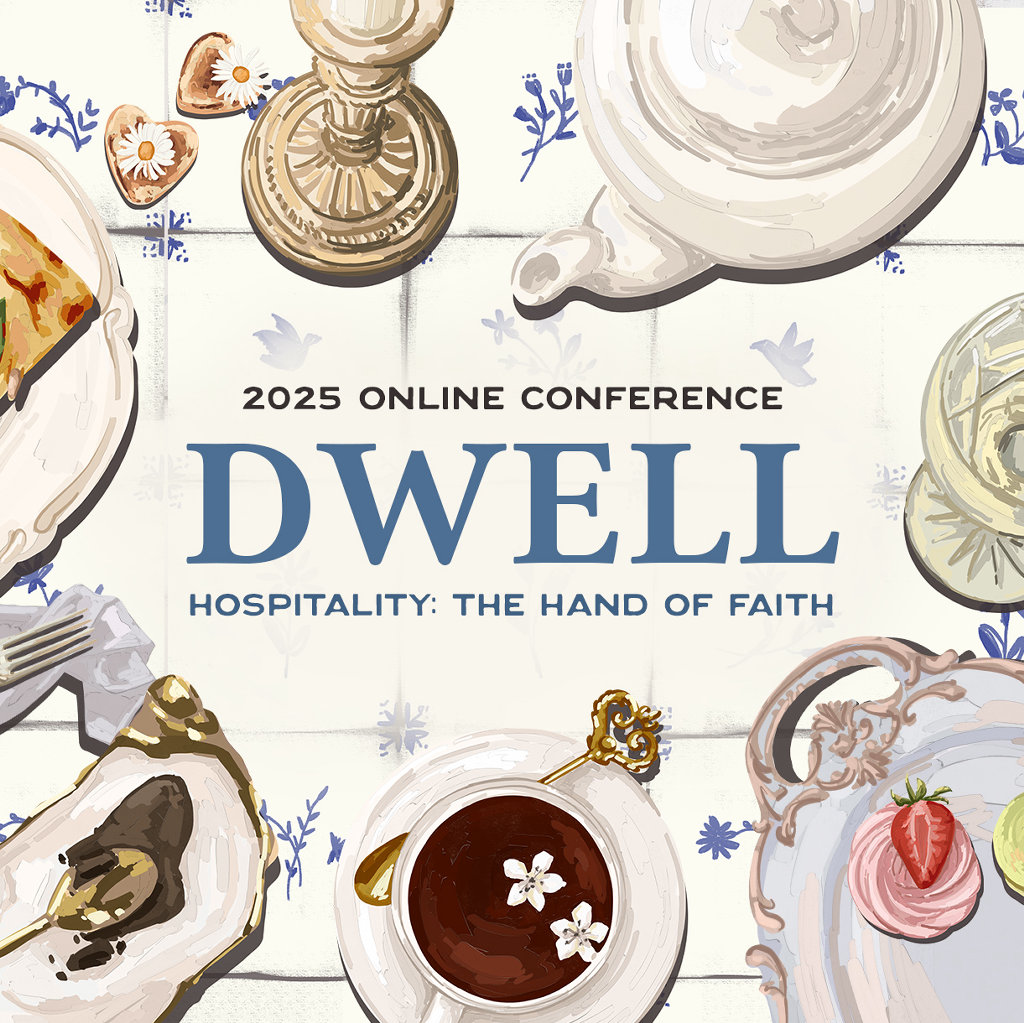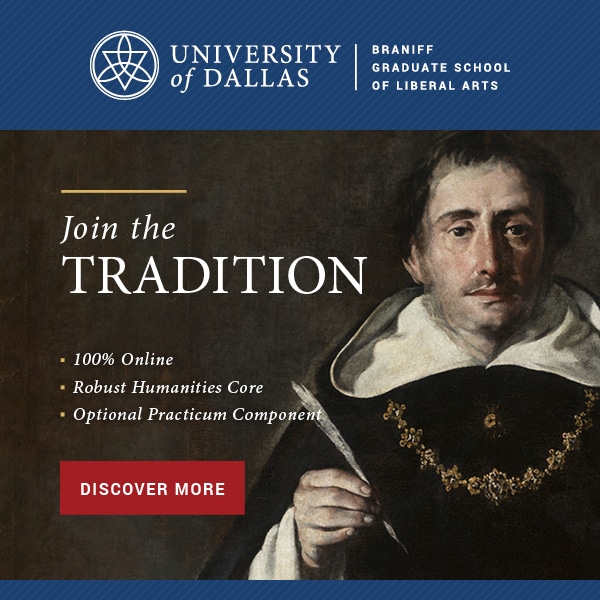No products in the cart.
The Holy Grail of Classical Education
The holy grail of classical education is the integrated curriculum. What a chalice that would be!
Two things have kept us from finding it. The first is that we’ve been looking in the wrong place. The second is that there hasn’t been an integrating tool.
First, we’ve been looking in the wrong place. Put simply, I mean that we have been looking at the content of our curriculum in terms of the material we cover. The information, the checklists, the data – if you like.
Mortimer Adler did us all a great favor when he summarized the three things we can learn into three columns: content or information, ideas and concepts, and skills. You may disagree with a detail here and there, but common sense and a little observation shows that he got it right overall.
Once you see those three different kinds of learning, you can redirect your gaze when you are looking for a principle of intergration. It will never be found in the content because content is facts and facts don’t integrate. They have no meaning apart from their meaning, which is to say, the ideas that contain them, or if you like, the ideas that they embody.
To our finite minds, it seems as if there is an infinite quantity of content, and for all practical purposes there might as well be. Who can remember all the generals in the revolutionary war much less all the generals in world history. And why choose generals? Who remembers all the American presidents? And who decides which content needs to be learned anyway?
Here’s why some content matters more than others: because it embodies an idea.
For example, I have crossed the Delaware and the Mississippi and the Shenandoah and the Missouri and the Rhine and the Danube and the Atlantic Ocean. But none of those crossings contained a world historical significance. It did not matter when I crossed the Delaware any where near as much as when Washington did. It did not change your life. Until now, I’m not sure it even embodied much of an idea. So with the Mississippi, comparing me with Lewis and Clarke, Stonewall Jackson and me over the Shenandoah, Charlemagne and the Rhine, Marcus Aurelius and the Danube, etc. etc.
When Washington crossed the Delaware, he both embodied a set of virtues and accomplished a wonder that could be said to be the seed of American history. It mattered, partly because of the consequences and partly because of the ideas contained in the action.
If I want to see into the meaning of this event, learning the content is necessary. But it is not enough. You have to ask why he did it, what were the outcomes, what he overcame, whether he was wise to do so, what his courage purchased for us, and other big picture questions. You also should ask how his crossing the Delaware compares with mine or yours or anybody elses and how it compares with Moses crossing the Red Sea, Caesar crossing the Rubicon, etc.
Do you see what has begun to happen? History is now seen as a number of related events, so history is moving in the direction of being integrated at least within itself. Now it is possible to integrate it with literature.
For example, I might ask my students to compare Washington’s exploits to Agamemnon crossing the Aegean, Aeneas crossing the Tiber, Dante crossing the Styx, Henry V crossing the channel, etc.
Simply by looking at the ideas that give the content meaning, we have both found that the content is meaningful (I think the word educators like is “relevant,” though I prefer meaning- it means more) and that the relationships between the elements of the curriculum have at least begun to become visible.
What I am contending is that this simple mental move, from content to ideas, make integration possible, while not making the move makes integration impossible.
Integration makes learning 1000 times more interesting and therefore it makes teaching about 100 times easier. So statistics are very precise and carefully calibrated.
But there is a second problem. Even if we come to see how ideas allow for an integrated curriculum in a way that content and subjects don’t, where do we find the tools to teach this way.
Short answer: they’re the seven liberal arts.
Precise answer for today (i.e. relevant answer): that’s what The Lost Tools of Writing is for.
I am not overstating the case when I suggest that LTW is the single most valuable and effective tool on the planet by which teachers can both teach their own subjects for all they’re worth and show the relationships between their subjects and the others.
We have found the Holy Grail and it is the Word. And LTW provides the resources to apply the Word everywhere.
Andrew Kern
Andrew Kern is the founder and president of The CiRCE Institute and the co-author of the book, Classical Education: the Movement Sweeping America.








